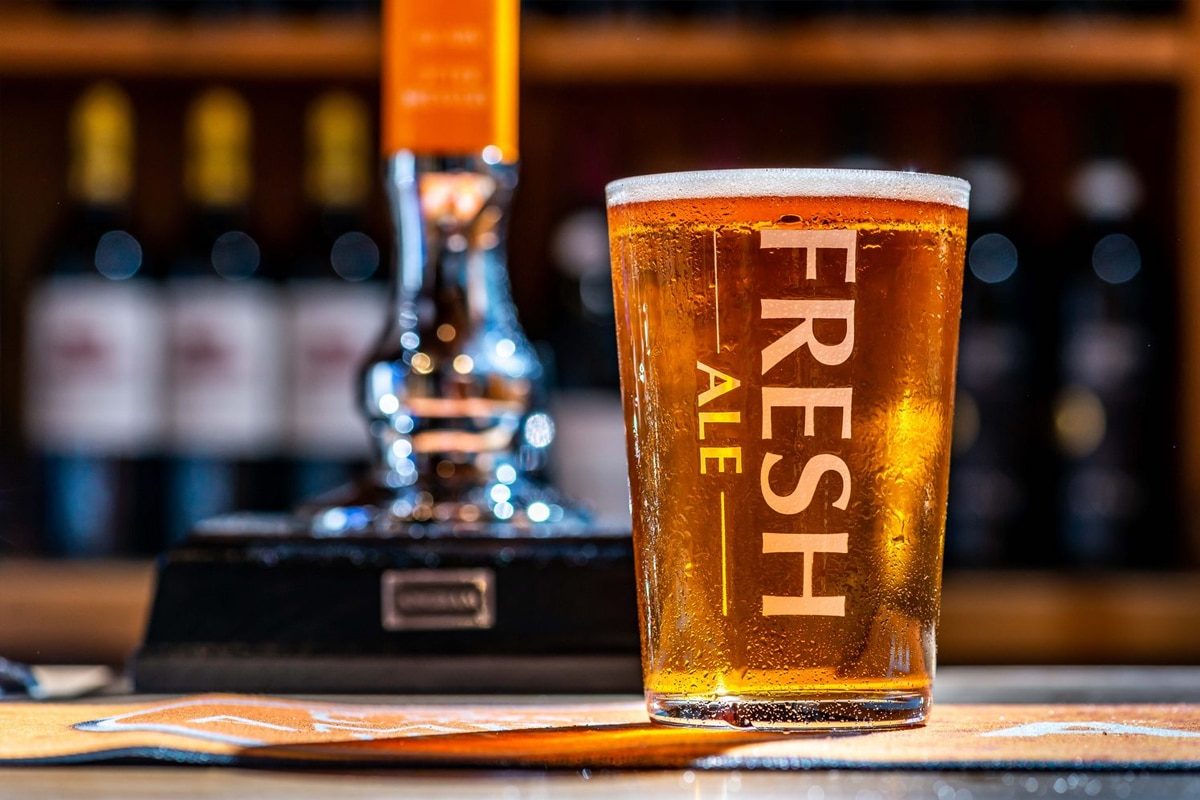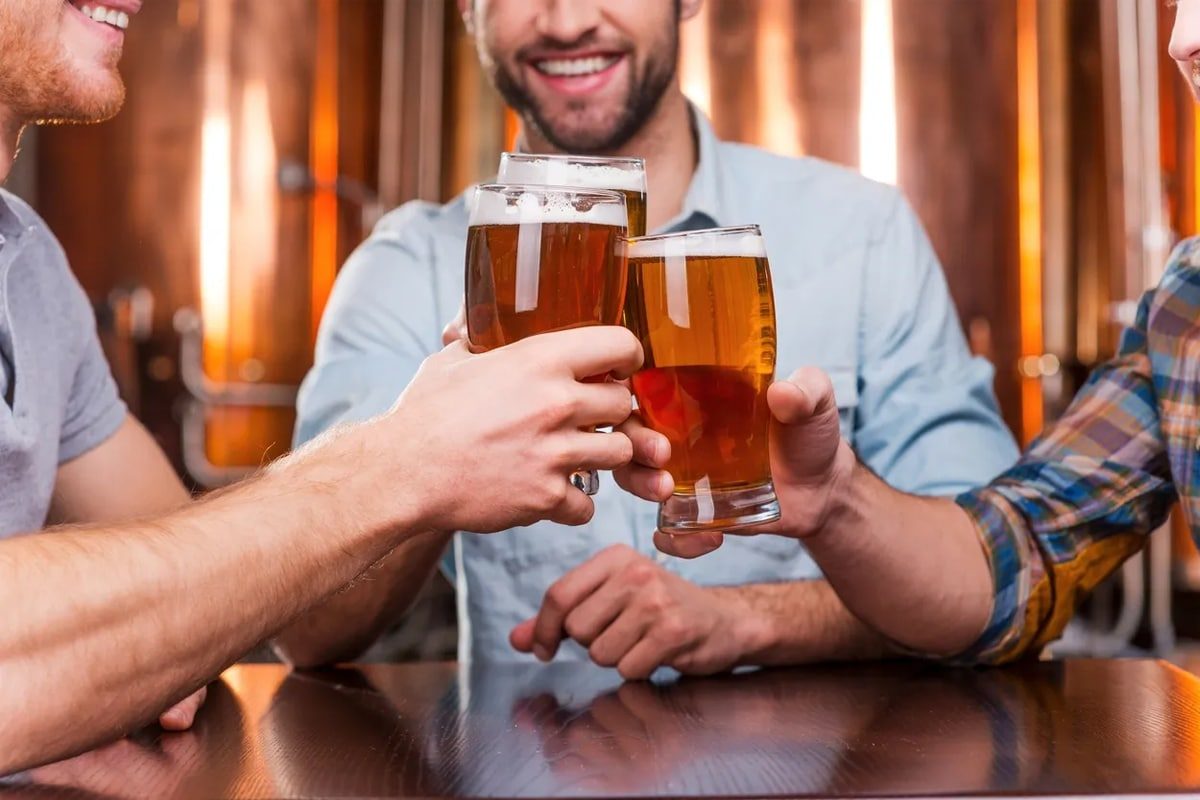
What Is The Difference Between Ale And Lager?
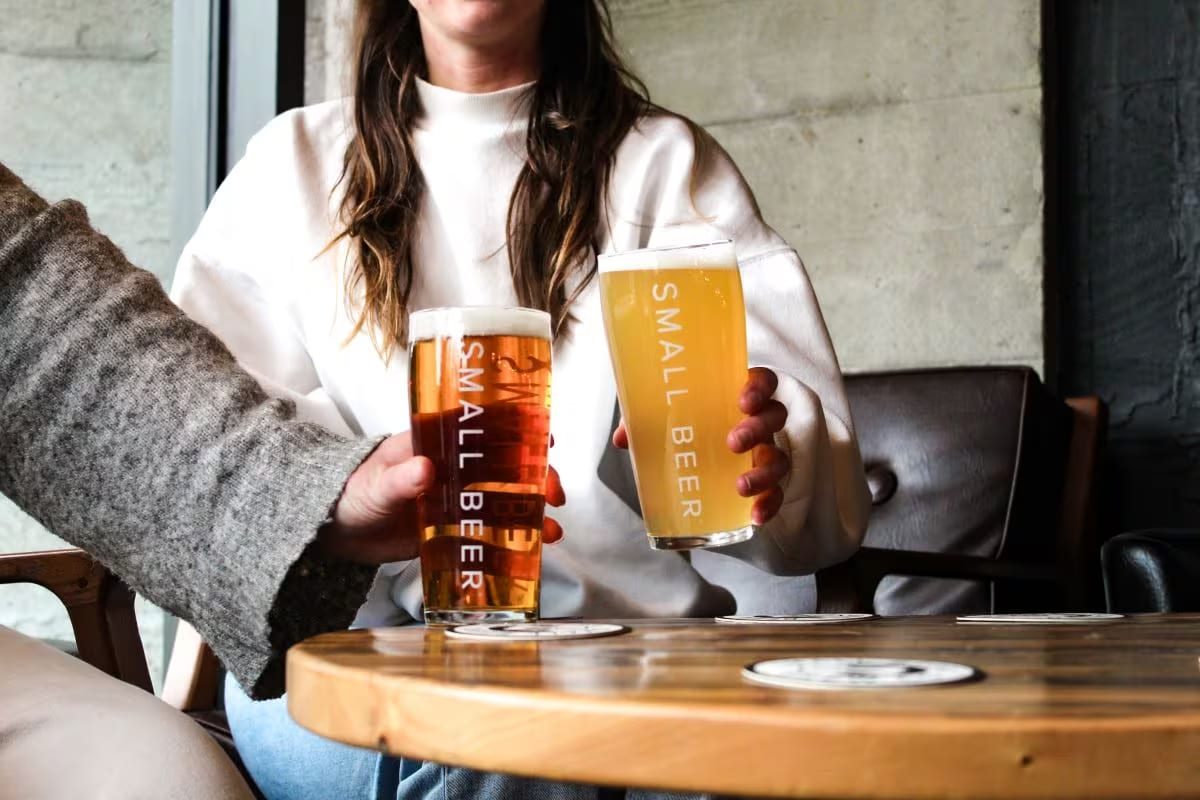
The Basics of Beer
Water
Malt
Hops
Yeast
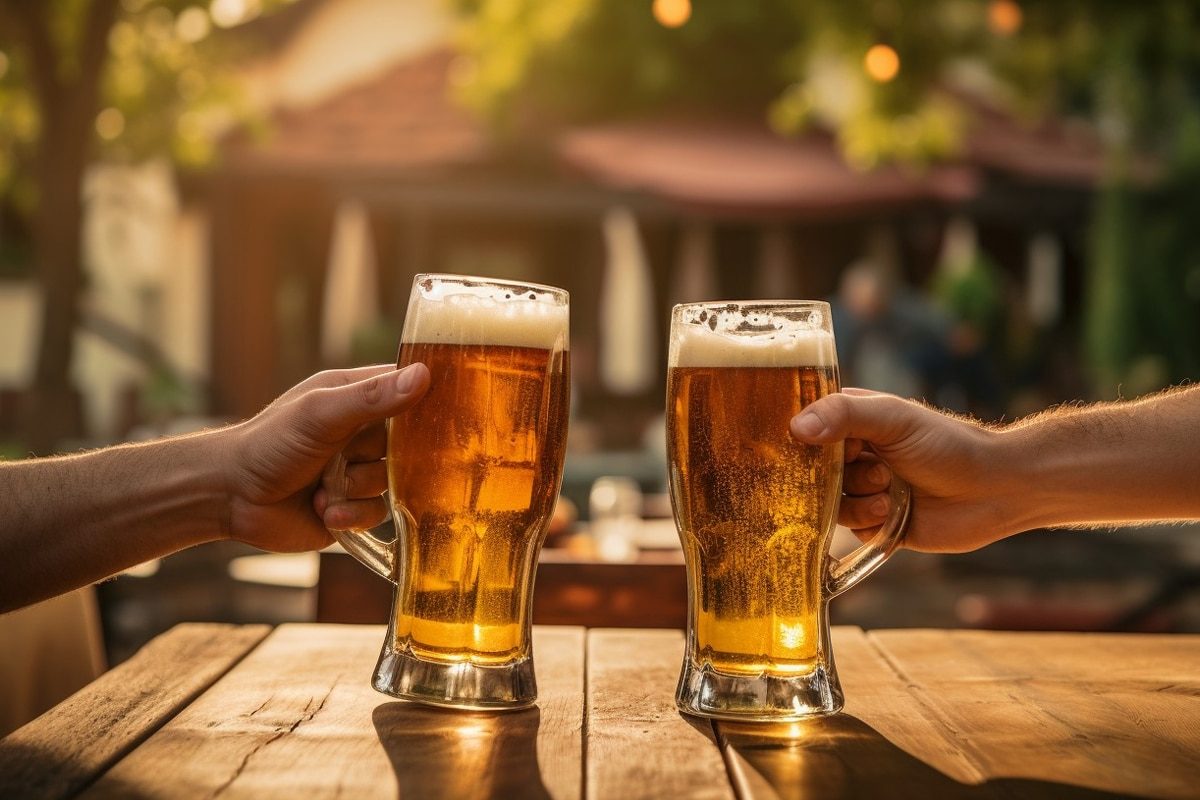
Historical Origins
The Origins of Ale
The Emergence of Lager
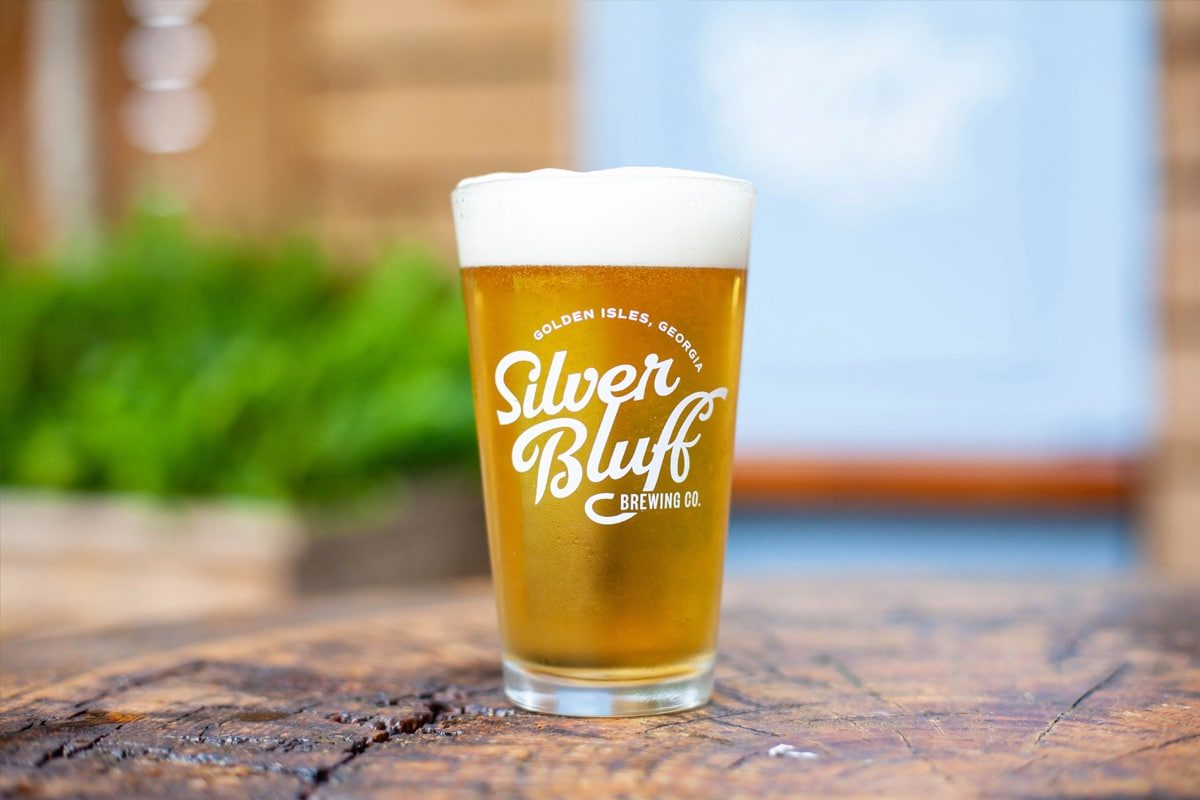
Cultural Significance and Regional Variations
Ale
United Kingdom
- Historical Context: Ales have been a staple in the UK since ancient times, with brewing traditions dating back to the Roman and Celtic periods. Monastic brewing in the Middle Ages further refined ale production.
- Pub Culture: The British pub is a cultural institution, and ales play a central role in this social setting. Traditional cask ales, often served at cellar temperature and hand-pumped, are enjoyed in these communal spaces.
- Regional Variations: The UK boasts a variety of ale styles, including Bitter, Mild, and Brown Ale, each with its regional characteristics and loyal following.
Belgium
- Monastic Influence: Belgian ales are renowned for their complexity and unique flavors, heavily influenced by Trappist and Abbey brewing traditions. Monks have been brewing beer for centuries, producing distinctive styles like Dubbel, Tripel, and Quadrupel.
- Cultural Festivals: Belgium hosts numerous beer festivals celebrating its rich brewing heritage, such as the Brussels Beer Weekend and the Zythos Beer Festival.
- Regional Styles: Belgian ales vary widely, from the fruity and spicy Saison of Wallonia to the strong and dark Abbey Ales of Flanders.
United States
- Craft Beer Movement: The American craft beer revolution, which began in the late 20th century, was largely driven by ale production. Breweries across the country experimented with hops, malt, and yeast to create new and bold flavors.
- Innovative Styles: American brewers are known for their innovation, leading to the development of styles like the American Pale Ale (APA) and the New England IPA (NEIPA).
- Cultural Significance: Craft beer has become a significant part of American culture, with breweries serving as community hubs and craft beer festivals drawing large crowds.
Lager
Germany
- Brewing Heritage: Germany is the birthplace of lager, with a brewing tradition that emphasizes purity, precision, and consistency. The Reinheitsgebot (German Beer Purity Law) of 1516 dictated the ingredients that could be used in beer, influencing lager production.
- Beer Culture: German beer culture is celebrated through festivals such as Oktoberfest, where Märzen and other lager styles are enjoyed in large steins accompanied by traditional music and food.
- Regional Variations: Germany produces a variety of lagers, including Pilsner, Helles, Dunkel, and Bock. Each region has its specialties, like the rich, malty Dunkel from Bavaria and the crisp, hoppy Pilsner from northern Germany.
Czech Republic
- Pilsner Birthplace: The city of Plzeň (Pilsen) in the Czech Republic is the birthplace of the Pilsner style, which has become one of the most popular and widely imitated beer styles in the world.
- Cultural Significance: Czech lagers are known for their quality and are deeply embedded in the national culture. Pubs, known as pivnice, are central to social life in the Czech Republic.
- Regional Styles: Czech lagers vary from the pale, golden Pilsner to the darker, malty Czech Dark Lager, each with a distinctive character.
United States
- Mass Production: The United States saw the rise of mass-produced lagers in the 19th and 20th centuries, with brands like Budweiser and Coors becoming household names. These lagers are known for their light body and mild flavor, appealing to a broad audience.
- Craft Lager Revival: In recent years, the American craft beer movement has led to a revival of traditional lager styles, with craft breweries producing high-quality, flavorful lagers such as Pilsner, Helles, and Bock.
- Cultural Impact: Lagers dominate the American beer market, and their easy-drinking nature makes them a popular choice for social gatherings, sports events, and casual consumption.
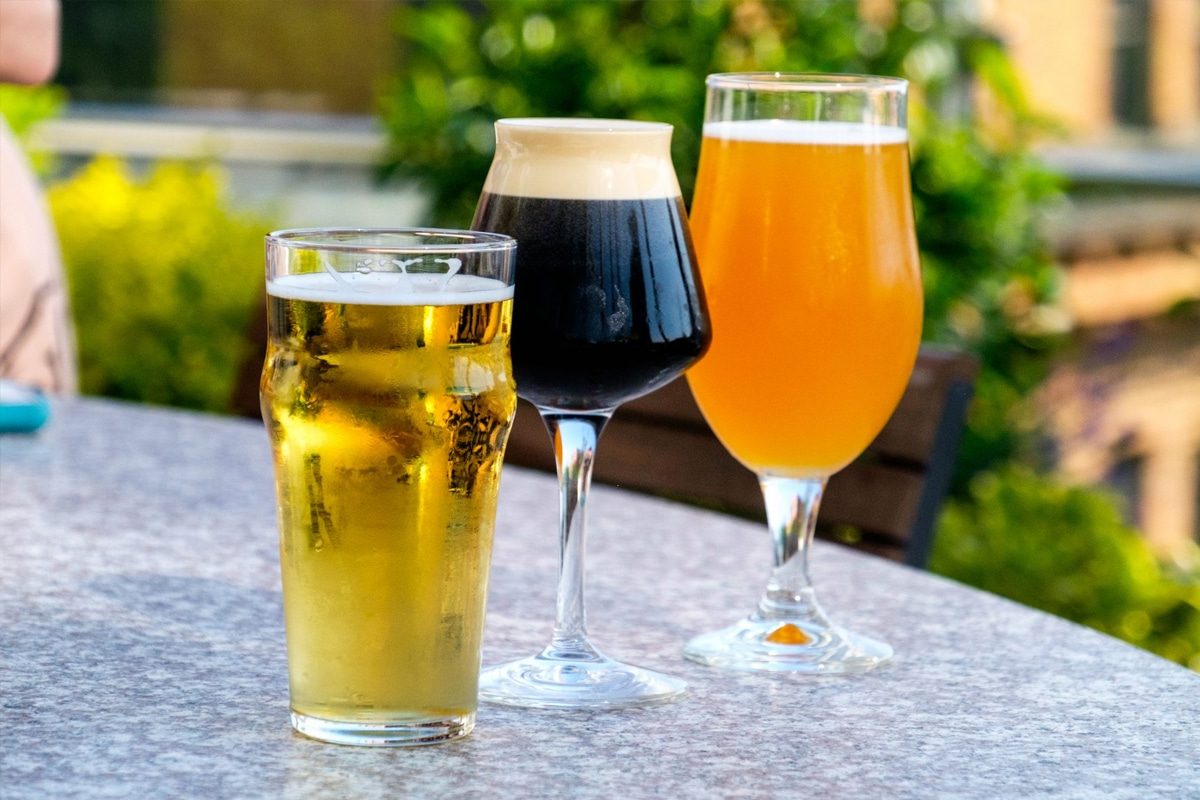
Brewing Processes
Brewing Ale
The brewing process for ale is known for its relatively warm and rapid fermentation, which contributes to its robust and varied flavor profile. Here are the key steps involved in brewing ale:
- Mashing: The process begins with mashing, where malted barley is mixed with hot water in a mash-tun. The temperature is typically maintained around 148-158°F (64-70°C) to activate enzymes that convert starches into fermentable sugars. The result is a thick, sugary liquid called wort.
- Lautering: After mashing, the wort is separated from the spent grains in a process called lautering. The wort is drained off, and the grains are rinsed with hot water to extract any remaining sugars, ensuring maximum efficiency.
- Boiling: The wort is then transferred to a large kettle and boiled. Hops are added at various stages during the boil to impart bitterness, flavor, and aroma. The boiling process also sterilizes the wort, removing any unwanted microorganisms.
- Cooling: After boiling, the hot wort is rapidly cooled to a temperature suitable for fermentation, typically around 60-72°F (15-22°C). This is done using a heat exchanger, which quickly brings the temperature down while minimizing the risk of contamination.
- Fermentation: The cooled wort is transferred to a fermentation tank, and ale yeast is added. Ale yeast ferments at warmer temperatures and works relatively quickly, converting sugars into alcohol and carbon dioxide over several days to a week. During this time, the yeast produces esters and phenols, which contribute fruity and spicy flavors to the ale.
- Conditioning: After primary fermentation, the beer may undergo a secondary fermentation or conditioning phase in a bright tank. This helps develop the flavors further, clarifies the beer, and allows for natural carbonation. Conditioning can last from a few days to several weeks, depending on the desired characteristics.
- Filtration and Packaging: Once conditioning is complete, the ale is filtered to remove any remaining yeast and sediment, ensuring a clear final product. The beer is then carbonated if necessary and packaged into bottles, cans, or kegs for distribution.
Brewing Lager
Lager brewing is characterized by its cooler and slower fermentation process, resulting in a cleaner and crisper beer. The steps involved in brewing Lager are as follows:
- Mashing: Similar to ale brewing, Lager brewing begins with mashing, where malted barley is mixed with hot water. The temperature is typically maintained around 148-158°F (64-70°C) to convert starches into fermentable sugars, producing wort.
- Lautering: The wort is separated from the spent grains through lautering. The grains are rinsed with hot water to extract the remaining sugars, maximizing efficiency and ensuring a high yield of fermentable wort.
- Boiling: The wort is boiled, and hops are added to contribute bitterness, flavor, and aroma. Boiling also sterilizes the wort, eliminating any unwanted microorganisms and ensuring a clean fermentation.
- Cooling: The hot wort is rapidly cooled using a heat exchanger to a lower temperature suitable for Lager fermentation, typically around 45-55°F (7-13°C). Rapid cooling minimizes the risk of contamination and prepares the wort for yeast addition.
- Fermentation: The cooled wort is transferred to a fermentation tank, and Lager yeast is added. Lager yeast ferments at cooler temperatures and works more slowly than ale yeast. The primary fermentation process can take several weeks, during which the yeast produces fewer esters and phenols, resulting in a cleaner flavor profile.
- Lagering: After primary fermentation, the beer undergoes a prolonged cold storage period known as Lager This stage can last from several weeks to several months, allowing the flavors to mellow and any unwanted byproducts to be removed. Lagering at temperatures close to freezing (32-40°F or 0-4°C) helps produce a smooth, crisp, and clear beer.
- Filtration and Packaging: Once Lagering is complete, the beer is filtered to remove any remaining yeast and sediment, ensuring a bright and clear final product. The beer is then carbonated if necessary and packaged into bottles, cans, or kegs for distribution.
Key Differences in Brewing Processes
The key differences in the brewing processes of ale and Lager can be summarized as follows:
- Yeast Strains: Ales use top-fermenting yeast that ferments at warmer temperatures, while Lagers use bottom-fermenting yeast that ferments at cooler temperatures.
- Fermentation Temperature: Ales ferment at warmer temperatures (60-72°F or 15-22°C), resulting in a quicker fermentation process. Lagers ferment at cooler temperatures (45-55°F or 7-13°C), leading to a slower and more controlled fermentation.
- Fermentation Time: Ales typically complete fermentation in a few days to a week, whereas Lagers require several weeks to months for both fermentation and Lager
- Flavor Profile: The warm fermentation of ales produces more esters and phenols, contributing to fruity and spicy flavors. The cool fermentation and extended Lagering of Lagers result in a cleaner, crisper taste with minimal fruity or spicy notes.
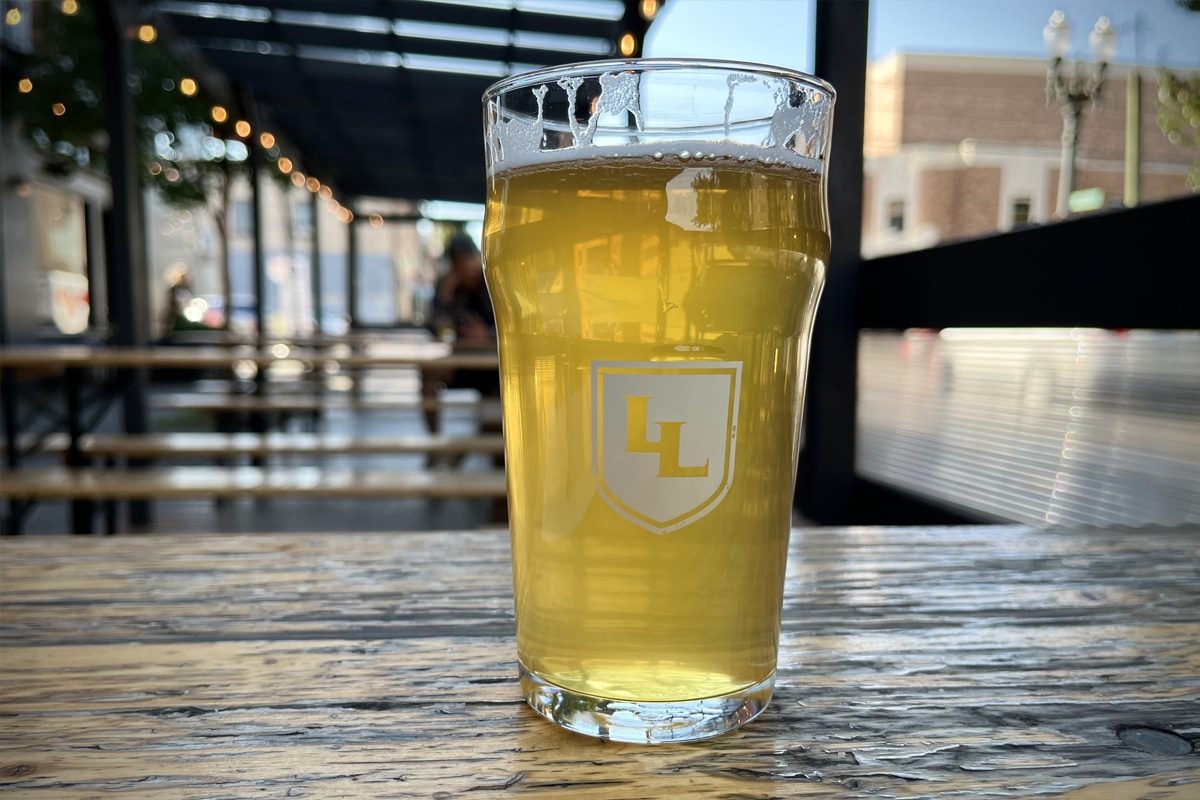
Taste Profiles and Characteristics
Ale
Ales are known for their wide range of flavors, aromas, and mouthfeel. The warm fermentation process and the specific strains of ale yeast contribute to a diverse and often robust taste profile. Key characteristics of ales include:
- Fruity and Estery Flavors: The higher fermentation temperatures for ales encourage the production of esters and phenols. These compounds impart fruity and spicy notes to the beer. Common ester-derived flavors include apple, pear, banana, and even bubblegum. Phenols can contribute spicy flavors such as clove, pepper, and sometimes smoky undertones.
- Malty Backbone: Ales often have a pronounced malt profile, providing a sweet, rich backbone to the beer. Depending on the type of malt used, this can range from caramel, toffee, and honey to darker flavors like chocolate, coffee, and roasted nuts in styles like stouts and porters.
- Hop Character: Ales can exhibit a wide range of hop characteristics, from mild to intensely bitter. The choice of hops and the timing of their addition during brewing affect the flavor profile significantly. Pale ales and IPAs, for example, are known for their prominent hop bitterness and aromas, often featuring notes of citrus, pine, floral, or tropical fruit.
- Body and Mouthfeel: Ales generally have a fuller body and a more complex mouthfeel compared to lagers. This can be attributed to the higher levels of residual sugars and proteins, giving ales a more substantial and sometimes creamier texture.
- Alcohol Content: Many ale styles have a higher alcohol by volume (ABV) compared to lagers. This higher alcohol content can contribute to the warming sensation and overall flavor complexity of the beer.
Lager
Lagers are appreciated for their clean, crisp, and refreshing taste. The cool fermentation process and extended lagering period result in a beer that is often more subdued and balanced. Key characteristics of lagers include:
- Clean and Crisp Flavors: The cooler fermentation temperatures of lagers limit the production of esters and phenols, resulting in fewer fruity and spicy notes. This allows the malt and hop flavors to come through more clearly without being overshadowed by yeast-derived flavors.
- Malt Focus: Lagers typically feature a more subtle malt profile than ales. Common malt flavors in lagers include bread, biscuits, crackers, and slight sweetness. Darker lager styles, such as Dunkels and Bocks, can have richer malt flavors like caramel, toffee, and toasted bread.
- Balanced Hop Presence: Lagers often have a more restrained hop character compared to ales. The hop bitterness is usually balanced and complements the malt profile rather than dominating it. Pilsners are an exception, with a more pronounced hop bitterness and floral aroma.
- Light and Refreshing: Lagers generally have a lighter body and a crisper mouthfeel. The extended lagering process helps to clarify the beer and reduce any residual sweetness, contributing to a clean and refreshing finish.
- Carbonation: Lagers often have higher carbonation levels, which enhances their refreshing qualities and provides a lively mouthfeel.
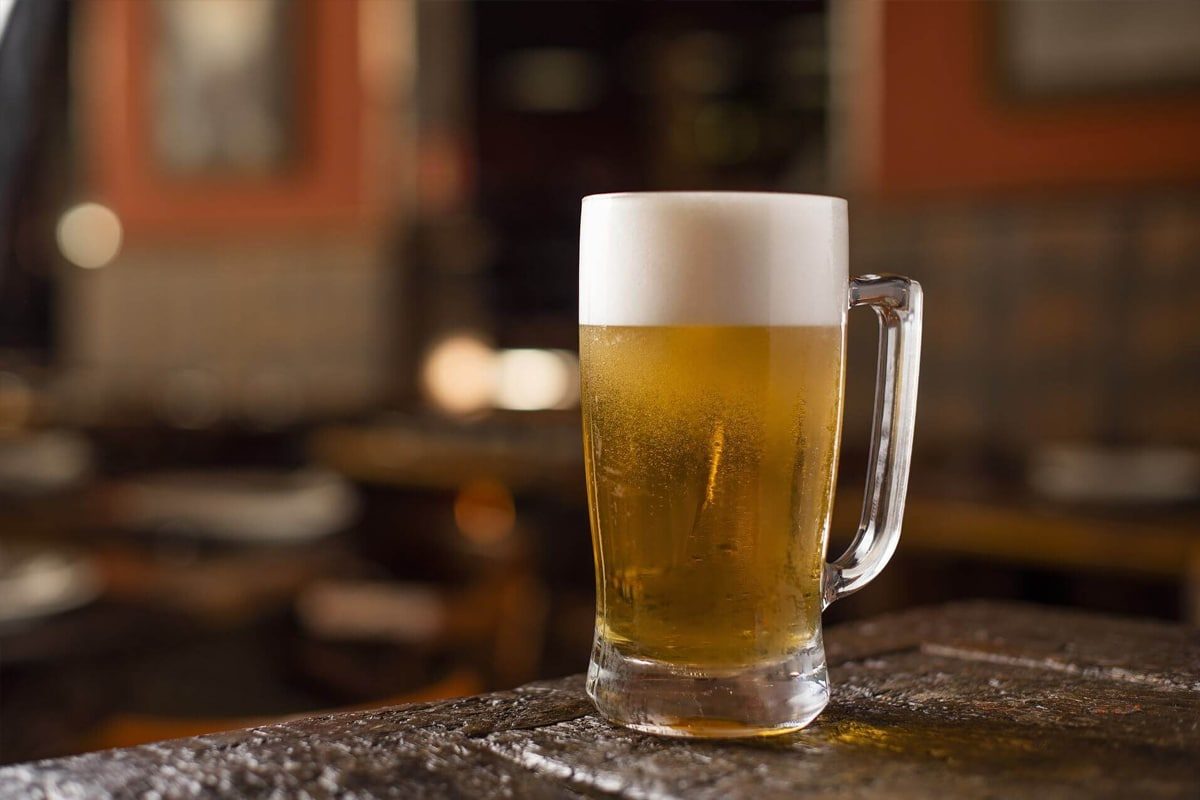
Styles of Ale and Lager
Common Ale Styles
Pale Ale
- Description: Pale ales are characterized by their balanced malt and hop profile. They typically have a golden to amber color and a medium body.
- Flavors: Expect flavors of citrus, pine, and floral hops, complemented by a mild malt sweetness.
- Examples: Sierra Nevada Pale Ale, Bass Pale Ale.
India Pale Ale (IPA)
- Description: Originally brewed for export to India, IPAs are known for their strong hop bitterness and higher alcohol content.
- Flavors: Aromas and flavors of tropical fruit, citrus, pine, and resin are common, with a pronounced hop bitterness.
- Examples: Dogfish Head 60 Minute IPA, Stone IPA.
Stout
- Description: Stouts are dark ales with rich, robust flavors and a full body. They are often associated with roasted malt characteristics.
- Flavors: Common flavors include coffee, chocolate, caramel, and roasted malt, with variations like milk stout and oatmeal stout adding sweetness and creaminess.
- Examples: Guinness Draught, Left Hand Milk Stout.
Porter
- Description: Porters are similar to stouts but generally lighter in body and alcohol content. They originated in London and are known for their rich, dark color.
- Flavors: Flavors of caramel, chocolate, and coffee dominate, with a balanced malt profile.
- Examples: Founders Porter, Samuel Smith Taddy Porter.
Belgian Ale
- Description: Belgian ales are diverse, often featuring complex and unique flavors due to the use of special yeast strains and various spices.
- Flavors: Expect fruity and spicy notes, with higher alcohol content in styles like Belgian Tripel and Quadrupel.
- Examples: Duvel, Chimay Blue.
Wheat Beer
- Description: Made with a significant proportion of wheat in addition to barley, wheat beers are light and refreshing with a cloudy appearance.
- Flavors: Typically feature flavors of banana, clove, and citrus, with a creamy mouthfeel.
- Examples: Weihenstephaner Hefeweissbier, Blue Moon Belgian White.
Saison
- Description: Originating from Belgium, Saisons were traditionally brewed in farmhouses during the cooler months and consumed in the summer.
- Flavors: Often dry and highly carbonated with fruity, spicy, and earthy flavors.
- Examples: Saison Dupont, Boulevard Tank 7 Farmhouse Ale.
Common Lager Styles
Pilsner
- Description: Pilsners are pale lagers with a light body and a crisp, refreshing finish. They originated in the Czech Republic.
- Flavors: Expect a notable hop bitterness with floral and herbal notes, balanced by a subtle malt sweetness.
- Examples: Pilsner Urquell, Stella Artois.
Helles
- Description: Helles lagers are pale and malty, with a smooth and slightly sweet flavor. They are less hoppy than Pilsners.
- Flavors: Malt-forward with flavors of bread, biscuit, and a mild sweetness.
- Examples: Augustiner Helles, Weihenstephaner Original.
Dunkel
- Description: Dunkels are dark lagers with a rich malt profile. They have a deep amber-to-brown color.
- Flavors: Flavors of caramel, toffee, and toasted bread are common, with a smooth finish.
- Examples: Ayinger Altbairisch Dunkel, Hofbräu Dunkel.
Märzen (Oktoberfest)
- Description: Märzens are amber lagers traditionally brewed in March and consumed during Oktoberfest celebrations.
- Flavors: Balanced malt and hop profile with flavors of caramel, toffee, and a clean, crisp finish.
- Examples: Paulaner Oktoberfest Märzen, Spaten Oktoberfest.
Bock
- Description: Bocks are strong lagers with a robust malt character. There are several variations, including Doppelbock and Eisbock.
- Flavors: Rich malt flavors of caramel, toffee, and dark fruit, often with higher alcohol content.
- Examples: Einbecker Ur-Bock, Ayinger Celebrator Doppelbock.
Vienna Lager
- Description: Vienna lagers are amber in color with a moderate malt profile and a clean finish.
- Flavors: Toasted malt flavors with a slight sweetness and a balanced hop bitterness.
- Examples: Negra Modelo, Samuel Adams Boston Lager.
Schwarzbier
- Description: Schwarzbiers are dark lagers, also known as black beers, with a light to medium body.
- Flavors: Roasted malt flavors of coffee and chocolate, with a clean, crisp finish.
- Examples: Köstritzer Schwarzbier, Samuel Adams Black Lager.
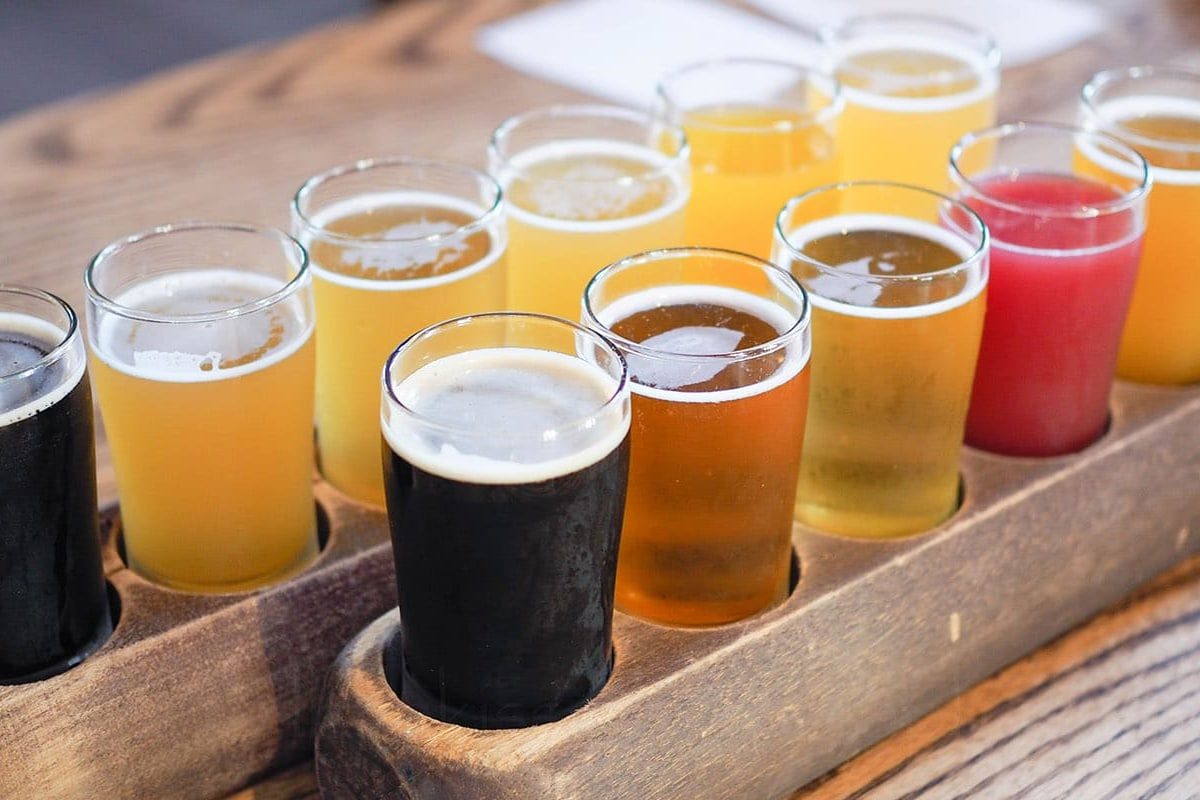
Summary
